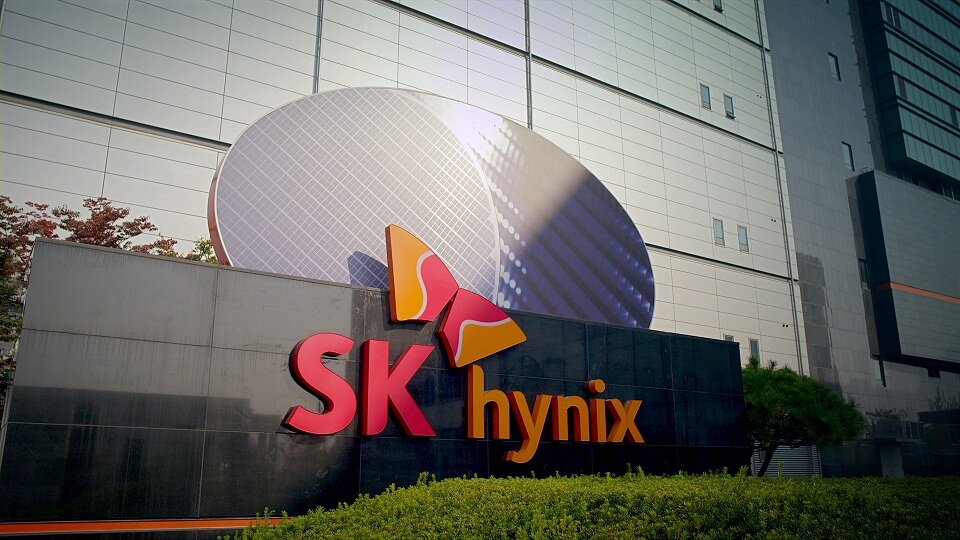Intel has officially confirmed the launch of Thunderbolt 5 connectivity standardwhich among other things promises to achieve 120Gbps maximum connection speeds, support for monitors up to 540 GHz and 240 watts of charging power. The specification is official, but given that accessories and computers have to adapt to adopt it, we will still have to wait a few months until the equipment that incorporates it arrives.
It will be in 2024 when the first computers and devices with Thunderbolt 5 arrive, and everything indicates that the first equipment will be monitors, storage units and connectivity docks.
Developed from the USB4 v2 standard, Thunderbolt 5 is compatible with all previous versions of Thunderbolt and the USB standard. Its maximum speed represents a large increase over that of the current version, Thunderbolt 4, which reaches a transmission speed of up to 40Gbps.
Indeed, Thunderbolt 5 can transmit data bidirectionally at up to 80 Gbps thanks to PAM-3 signal technology, or up to 120 Gbps when Bandwidth Boost mode is activated. In order to activate it, however, it is necessary to have a screen with high bandwidth. The standard supports multiple 8K monitors and up to three 4K monitors at 144 Hz at the same time.
It has a minimum charging power of 140 watts, and can go up to 240. It will also be able to offer connectivity to panels of up to 540 Hz, something that gamers will undoubtedly appreciate. In addition, it will be compatible with DisplayPort 2.1.
According to Jason Ziller, Head of Client Connectivity Division at Intel«Thunderbolt 5 will offer the industry world-class performance, as well as the ability to connect computers to monitors, docking stations, and storage drives, among other devices. Thunderbolt is currently the most used port for connectivity in laptops, and offering the next generation of performance with Thunderbolt 5 will provide even more capacity to the users who demand it the most.«.



